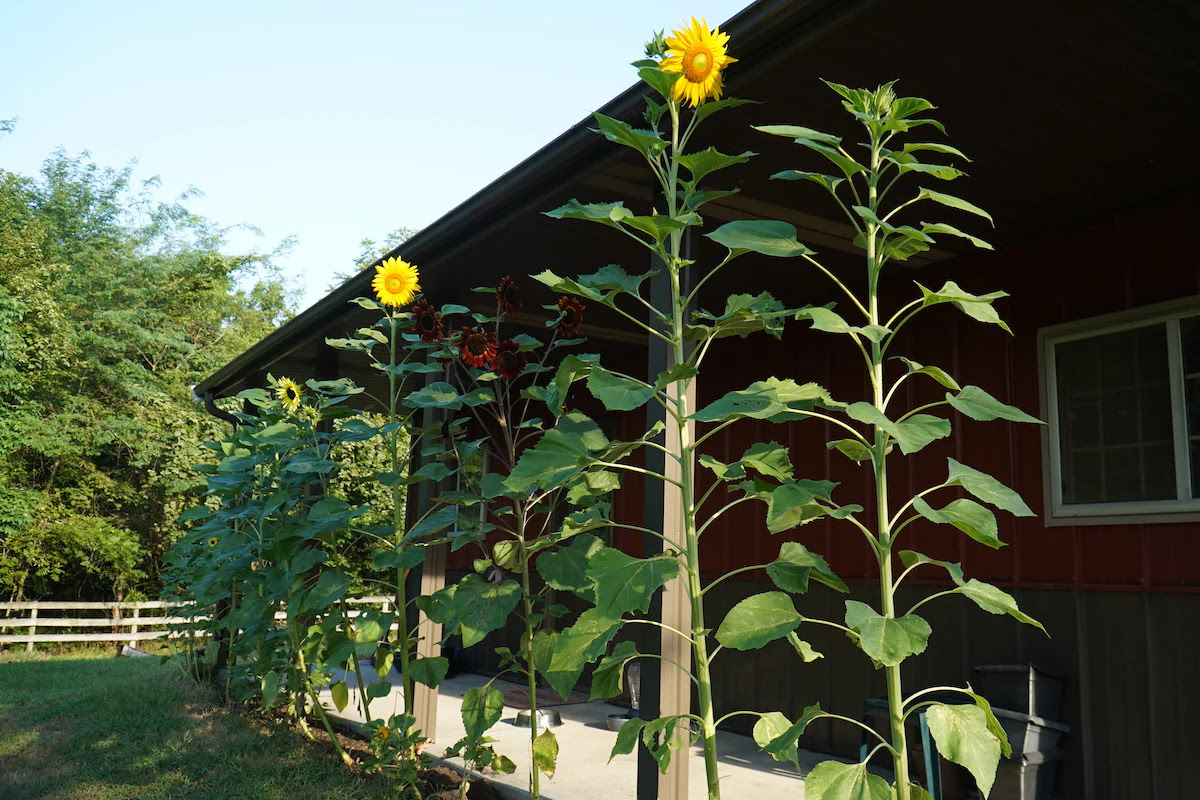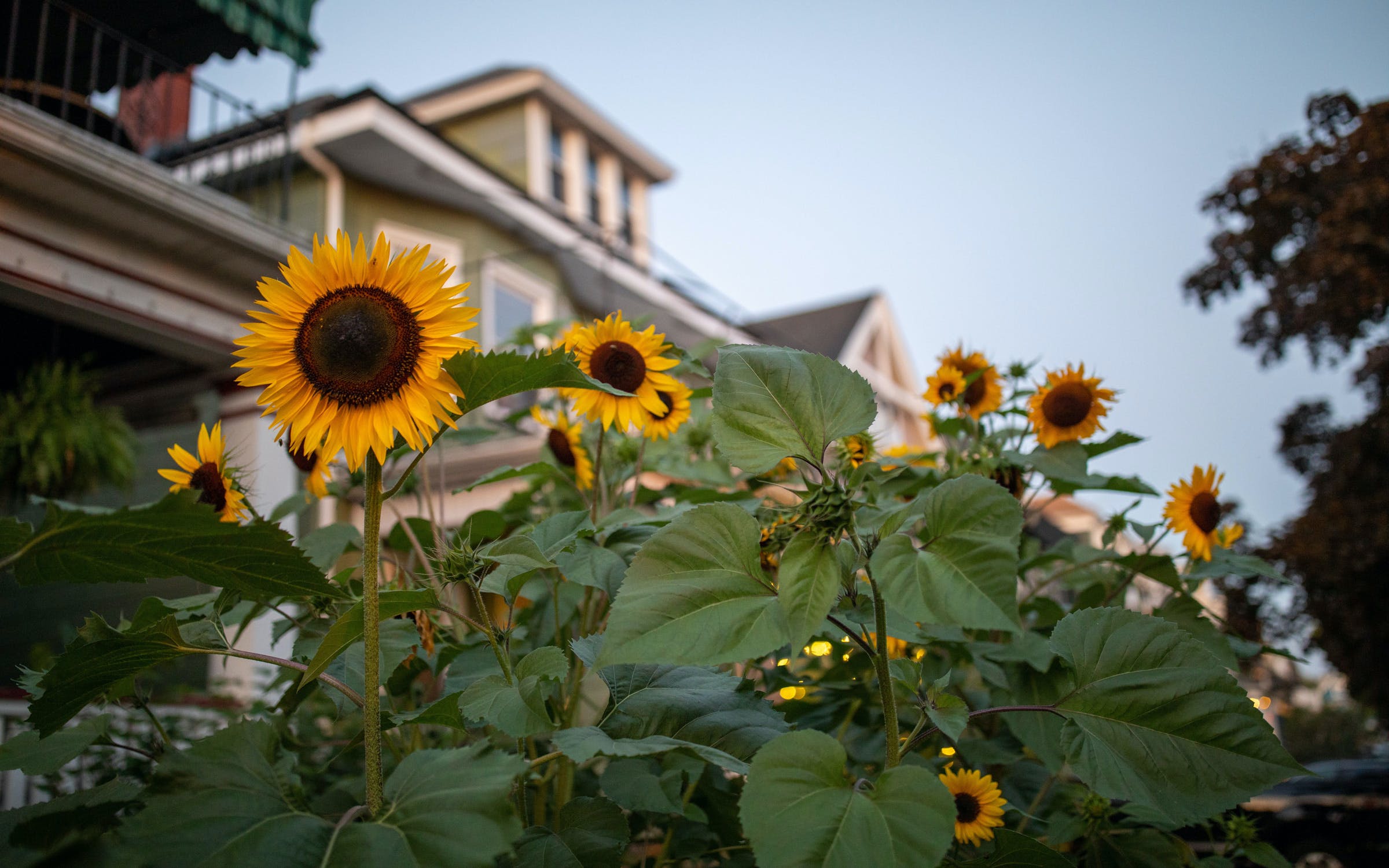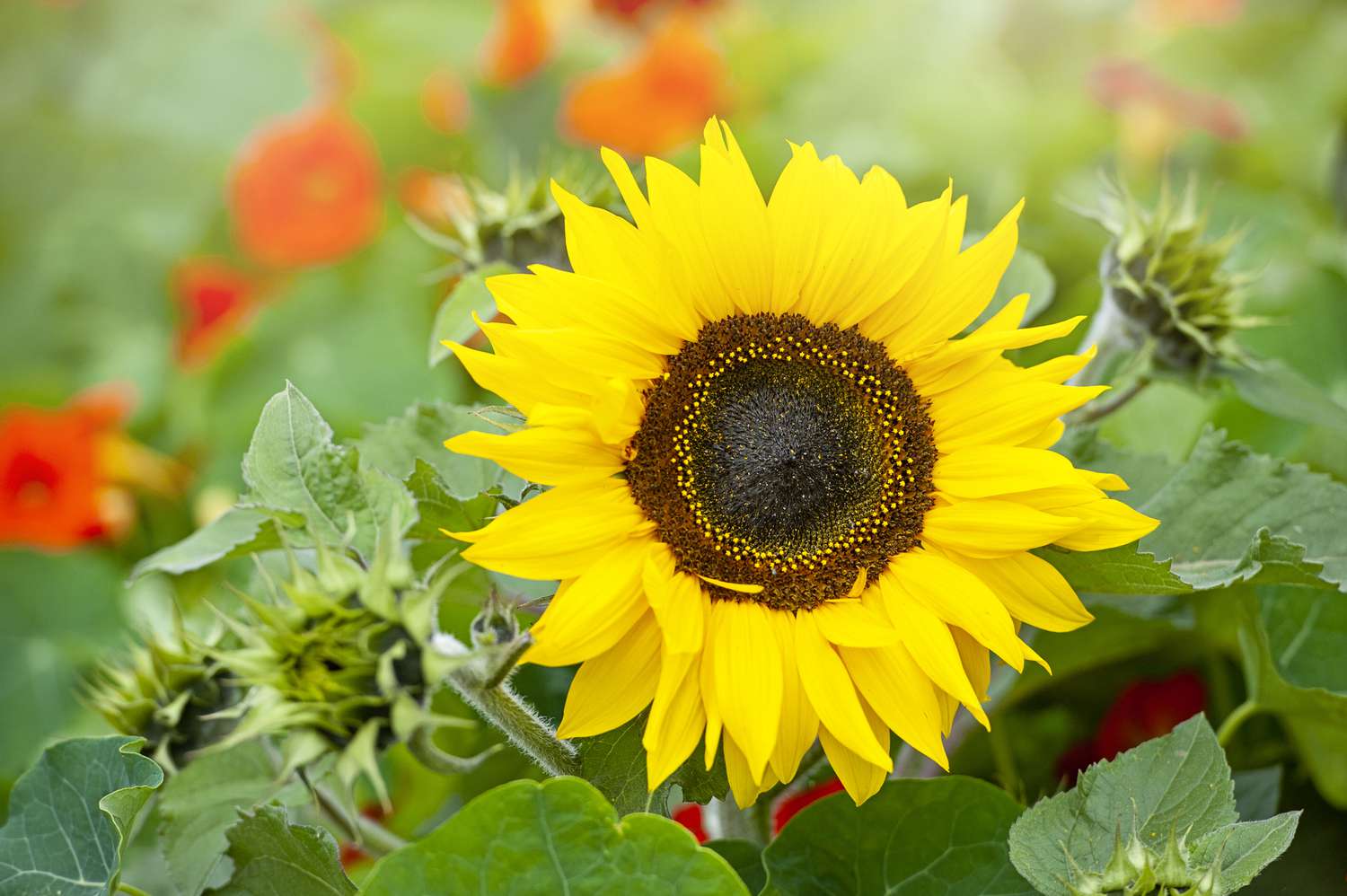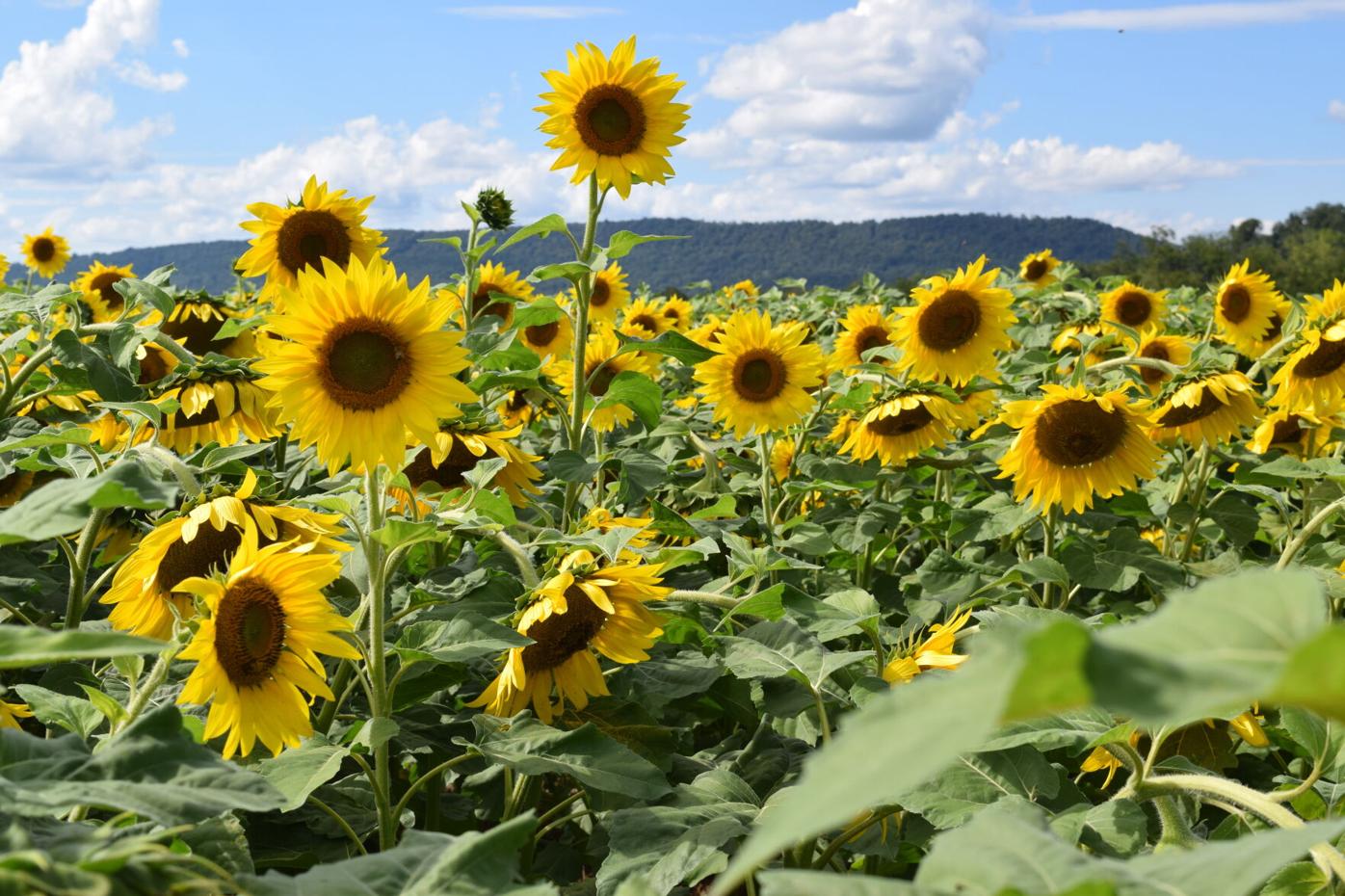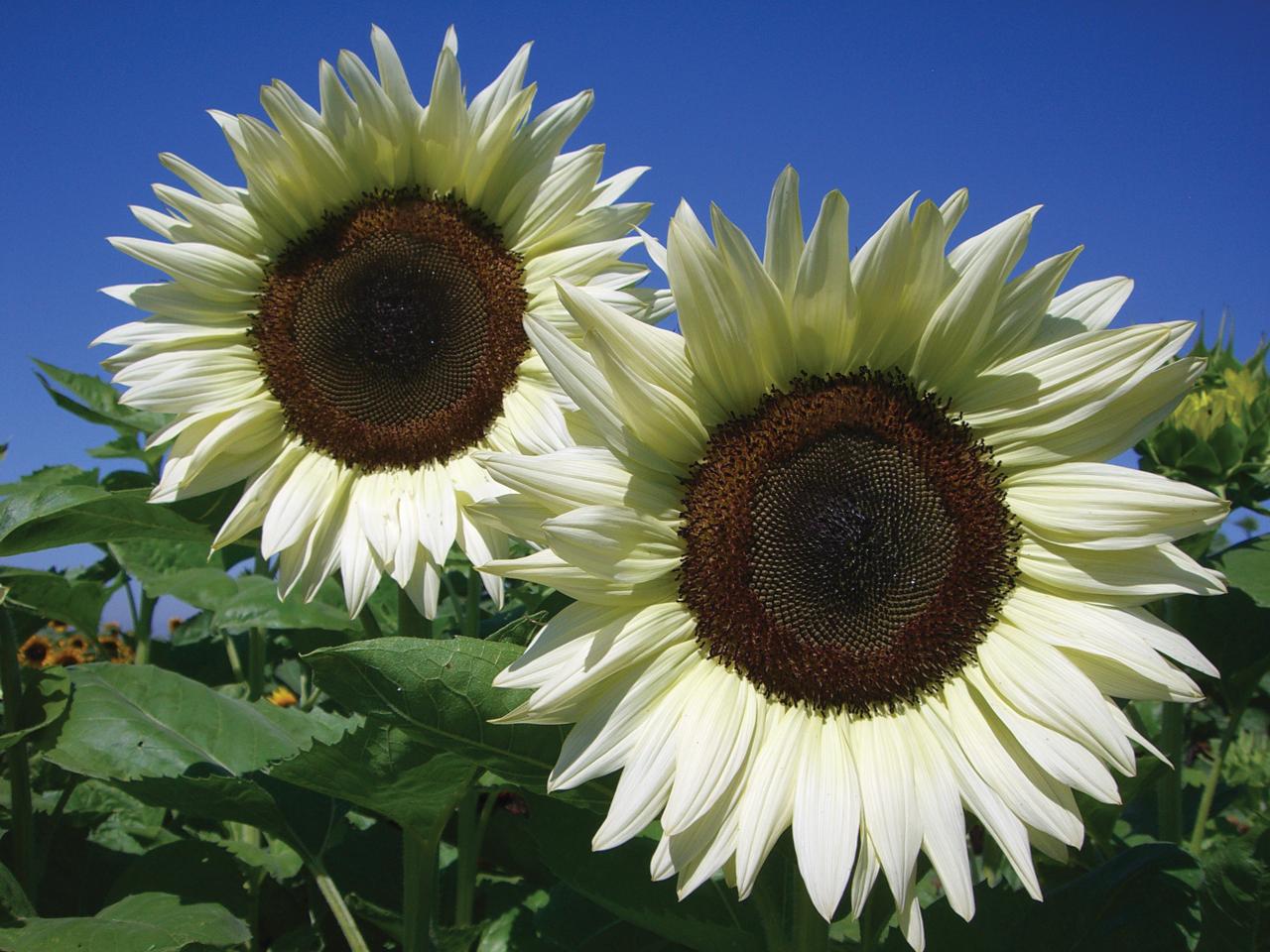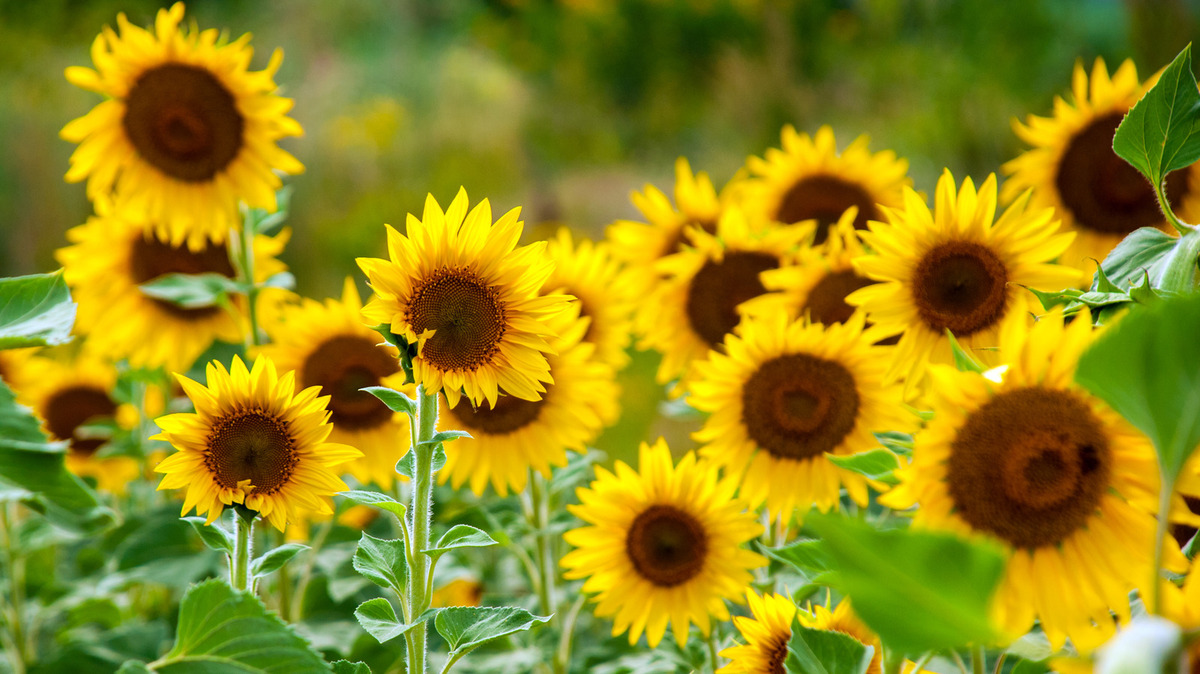Home>Types of Gardening>Ornamental Gardening>When To Grow Sunflowers In California
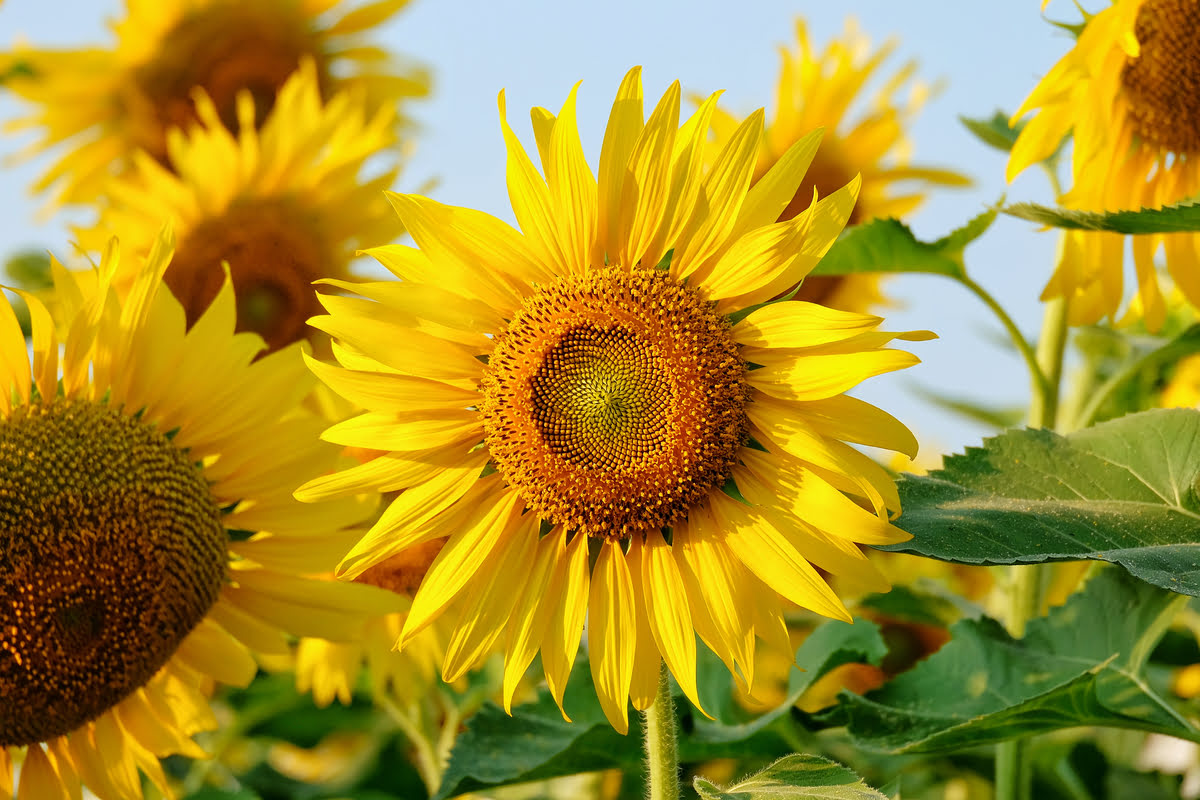

Ornamental Gardening
When To Grow Sunflowers In California
Modified: February 7, 2024
Discover the ideal timing for growing sunflowers in California with our expert ornamental gardening tips. Learn when to plant and care for these vibrant blooms.
(Many of the links in this article redirect to a specific reviewed product. Your purchase of these products through affiliate links helps to generate commission for Chicagolandgardening.com, at no extra cost. Learn more)
Table of Contents
Introduction
Sunflowers are not only a stunning addition to any garden but also a source of joy and vitality. Their vibrant blooms and towering stems bring a touch of radiance to the landscape, making them a popular choice for ornamental gardening. In California, the ideal climate and soil conditions create a favorable environment for cultivating these majestic flowers. Whether you're a seasoned gardener or a novice enthusiast, understanding the optimal timing for planting sunflowers is crucial to ensure a successful and bountiful growth.
The sight of sunflowers swaying in the gentle California breeze evokes a sense of tranquility and warmth, making them a beloved emblem of the Golden State's natural beauty. As the state's official flower, sunflowers hold a special place in the hearts of Californians, symbolizing resilience, vitality, and the radiant spirit of the sun. Their versatility extends beyond mere aesthetics, as they also serve as a valuable source of food and nectar for local wildlife, contributing to the rich tapestry of the state's ecosystem.
Whether adorning a backyard garden, lining a scenic pathway, or gracing the fields of a commercial farm, sunflowers infuse every setting with an undeniable charm. Their robust and resilient nature makes them an excellent choice for both experienced gardeners and those new to the art of horticulture. By understanding the unique requirements of sunflowers and the specific conditions they thrive in, individuals can embark on a rewarding journey of nurturing these magnificent blooms.
In this guide, we will delve into the optimal timing for growing sunflowers in California, taking into account the region's climate, soil conditions, planting techniques, maintenance, and the art of harvesting. By the end of this comprehensive exploration, you will be equipped with the knowledge and confidence to cultivate sunflowers that flourish under the radiant California sun. So, let's embark on this horticultural adventure and uncover the secrets of growing sunflowers in the Golden State.
Climate and Soil Conditions
California’s diverse climate offers a range of microclimates, each with its own unique characteristics that can influence the successful cultivation of sunflowers. Understanding the regional climate and soil conditions is paramount to ensuring the optimal growth of these radiant blooms.
The Golden State experiences a medley of climates, from the Mediterranean climate along the coast to the arid and semi-arid conditions further inland. In general, sunflowers thrive in areas with plenty of sunlight and warmth, making California an ideal location for their cultivation. The coastal regions, with their mild temperatures and ample sunshine, provide an excellent environment for sunflower growth. Inland areas, despite their higher temperatures, can also support sunflower cultivation with proper care and attention to watering.
When it comes to soil, sunflowers favor well-draining, loamy soil with a slightly acidic to neutral pH. In California, the soil composition varies widely, ranging from sandy soils in coastal areas to clay and loam in the Central Valley. Prior to planting, it’s advisable to conduct a soil test to assess the pH and nutrient levels, allowing for any necessary amendments to be made to create an optimal growing environment for sunflowers.
For coastal regions, where sandy soils are prevalent, incorporating organic matter such as compost can improve soil structure and fertility, providing a favorable foundation for sunflower growth. In the Central Valley, which boasts rich agricultural land, ensuring proper drainage and avoiding waterlogging is essential for successful sunflower cultivation. Understanding the specific soil conditions in your area will enable you to make informed decisions regarding soil preparation and amendment.
By aligning the timing of sunflower planting with the region’s climate and soil conditions, gardeners can maximize the potential for robust growth and abundant blooms. The next section will delve into the optimal timing and techniques for planting sunflowers in California, setting the stage for a flourishing garden adorned with these iconic flowers.
Planting Sunflowers
When it comes to planting sunflowers in California, timing is of the essence. The optimal window for planting sunflower seeds in the Golden State typically spans from late March to mid-July, aligning with the region’s warm and sun-drenched climate. It’s important to consider the specific microclimate of your location within California, as this can influence the ideal timing for planting.
Before embarking on the planting process, it’s essential to select a suitable site that receives ample sunlight, as sunflowers thrive in full sun. The chosen location should also provide protection from strong winds, as these can potentially damage the tall, delicate stems of mature sunflowers. Once the site is selected, preparing the soil is the next crucial step. Loosening the soil to a depth of 2-3 feet and incorporating organic matter such as compost can enhance soil fertility and drainage, creating an optimal environment for sunflower roots to establish themselves.
When planting sunflower seeds, the depth and spacing are key considerations. In California, where soil conditions can vary significantly, it’s advisable to plant the seeds at a depth of 1 to 1.5 inches, ensuring adequate coverage without burying them too deeply. The spacing between seeds should be approximately 6 to 18 inches, depending on the sunflower variety and the intended purpose, whether for ornamental display or seed production.
After sowing the seeds, gently water the area to facilitate germination, ensuring that the soil remains consistently moist but not waterlogged. As the seedlings emerge and develop, it’s crucial to monitor soil moisture levels, particularly during periods of intense heat, to support healthy growth. Mulching around the base of the sunflowers can help retain soil moisture and suppress weed growth, contributing to the overall well-being of the plants.
By aligning the planting process with the region’s climate and soil conditions, gardeners can establish a robust foundation for sunflower growth. The next section will delve into the essential maintenance and care practices required to nurture sunflowers throughout their growth stages, ensuring a vibrant and flourishing display of these iconic blooms.
Maintenance and Care
Once sunflowers have been planted in California, diligent maintenance and care are essential to support their healthy development and vibrant blooms. Regular attention to watering, soil fertility, and pest management is crucial to ensure the success of these iconic flowers.
Watering plays a pivotal role in the care of sunflowers, particularly in California’s varied climates. While sunflowers are relatively drought-tolerant once established, consistent moisture is vital during their early growth stages. In regions with higher temperatures, it’s important to monitor soil moisture levels and provide supplemental watering during dry spells, ensuring that the soil remains consistently moist but not waterlogged.
Fertilizing sunflowers can bolster their growth and flowering potential. Applying a balanced, all-purpose fertilizer during the early stages of growth can provide the necessary nutrients for robust development. In California’s diverse soil compositions, a soil test can guide the application of specific fertilizers to address any deficiencies and promote optimal growth. Additionally, organic fertilizers such as compost or well-rotted manure can enrich the soil, fostering a nourishing environment for sunflowers.
As sunflowers grow and mature, they may encounter pests such as aphids, caterpillars, and snails. Regular inspection of the plants for signs of pest infestation is crucial, allowing for timely intervention to mitigate potential damage. In an environmentally conscious approach, natural pest control methods such as introducing beneficial insects or using organic insecticidal soaps can effectively manage pest populations without harming the surrounding ecosystem.
Supporting the towering stems of mature sunflowers is essential, especially in regions prone to strong winds. Staking or providing structural support can prevent the plants from bending or breaking, preserving their striking visual impact and overall health. Additionally, deadheading spent blooms can encourage continuous flowering and prevent the formation of seeds, redirecting the plant’s energy towards producing new blooms.
By tending to the maintenance and care needs of sunflowers with attentiveness and care, gardeners in California can cultivate a stunning display of these radiant blooms. The upcoming section will illuminate the art of harvesting sunflowers, providing insights into the optimal timing and techniques for reaping the rewards of a successful cultivation journey.
Harvesting Sunflowers
As sunflowers reach their full splendor in California, the time for harvesting approaches, marking the culmination of a rewarding journey from seed to vibrant bloom. Understanding the optimal timing and techniques for harvesting sunflowers is essential to reap the full benefits of their ornamental beauty and potential seed yield.
For those growing sunflowers for ornamental purposes, the ideal time to harvest is when the flower heads are in full bloom, displaying a rich array of golden petals. At this stage, the seeds within the flower head are still developing, and the vibrant display of the fully opened bloom adds a captivating allure to the garden or landscape. Carefully cutting the flower stems with sharp, clean pruners or shears, leaving a generous length of stem, allows for the creation of stunning floral arrangements or the enjoyment of fresh-cut sunflowers in indoor spaces.
For those cultivating sunflowers for their nutritious seeds, the harvesting process unfolds in a slightly different manner. As the flower heads mature and the petals begin to dry and wilt, signaling the seeds’ development, it’s time to prepare for seed harvest. Ensuring that the seeds have had ample time to mature and dry on the plant is crucial for a bountiful harvest. The back of the sunflower head will transition from green to a yellow or brown hue, and the seeds will appear plump and firm to the touch.
To harvest sunflower seeds, carefully cut the flower heads from the stems, leaving a portion of the stem intact for handling. Hanging the harvested sunflower heads in a well-ventilated, dry area allows the seeds to continue drying and curing, further enhancing their flavor and nutritional value. Once the seeds are thoroughly dry, gently rubbing or threshing the heads releases the seeds, which can then be further dried and stored for culinary use or used to grow a new generation of sunflowers.
By embracing the art of harvesting sunflowers with attentiveness and care, gardeners in California can savor the rewards of their labor, whether through the enchanting beauty of fresh-cut blooms or the nourishing bounty of sunflower seeds. As we’ve journeyed through the essential aspects of cultivating sunflowers in the Golden State, it’s evident that these iconic flowers embody not only natural splendor but also a rich tapestry of cultural significance and horticultural delight.
Conclusion
Embarking on the journey of growing sunflowers in California unveils a tapestry of horticultural delight, cultural significance, and natural splendor. From the sun-drenched landscapes of the Golden State to the diverse microclimates that shape its regions, the cultivation of sunflowers intertwines with the vitality and resilience symbolized by these iconic blooms.
Understanding the optimal timing for planting sunflowers in California, rooted in the region’s climate and soil conditions, sets the stage for a flourishing garden adorned with these majestic flowers. The medley of climates, from the coastal mildness to the inland aridness, presents a spectrum of opportunities for cultivating sunflowers, each with its own unique considerations and rewards.
As the seeds are sown and the sunflowers take root, the diligent maintenance and care practices usher these blooms to their full splendor. Nurturing the towering stems, managing soil fertility, and preserving the plants from pests culminate in a vibrant display that enriches the California landscape with its radiant allure.
As the time for harvesting approaches, the culmination of this journey unfolds, offering a bountiful array of possibilities. Whether adorning spaces with fresh-cut blooms or reaping the nutritious bounty of sunflower seeds, the art of harvesting sunflowers brings forth the tangible rewards of a labor of love.
Through this comprehensive exploration, we’ve unveiled the secrets of growing sunflowers in the Golden State, from the initial planting to the final harvest. The vibrant spirit of the sunflower, with its resilience, vitality, and natural beauty, mirrors the essence of California itself, enriching the landscape and the lives of those who cultivate and admire these iconic blooms.
As the radiant sunflowers sway in the gentle California breeze, they stand as a testament to the enduring spirit of vitality and the timeless allure of nature’s splendor. In their vibrant hues and towering stature, sunflowers embody the essence of a horticultural journey that intertwines with the unique charm and resilience of the Golden State.

